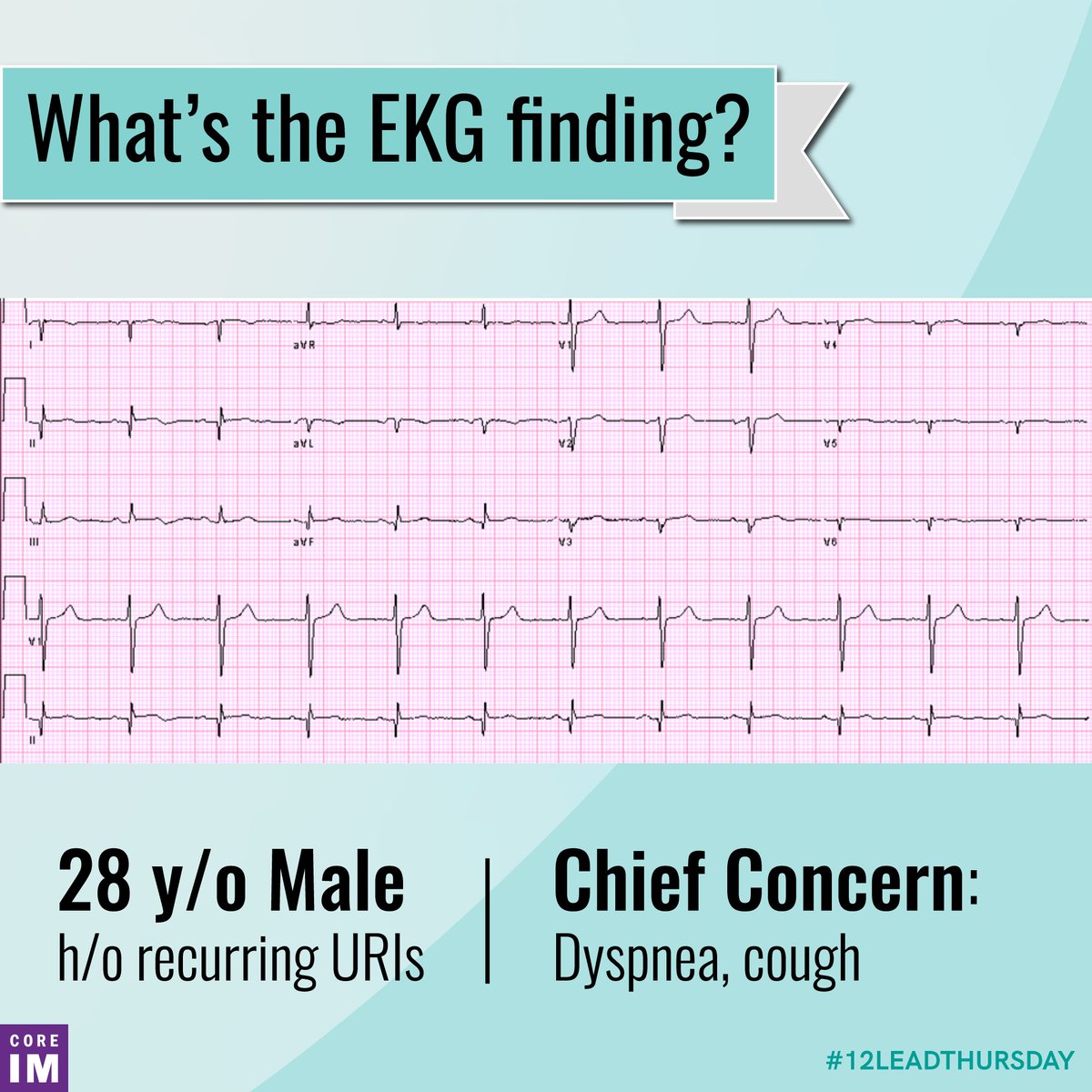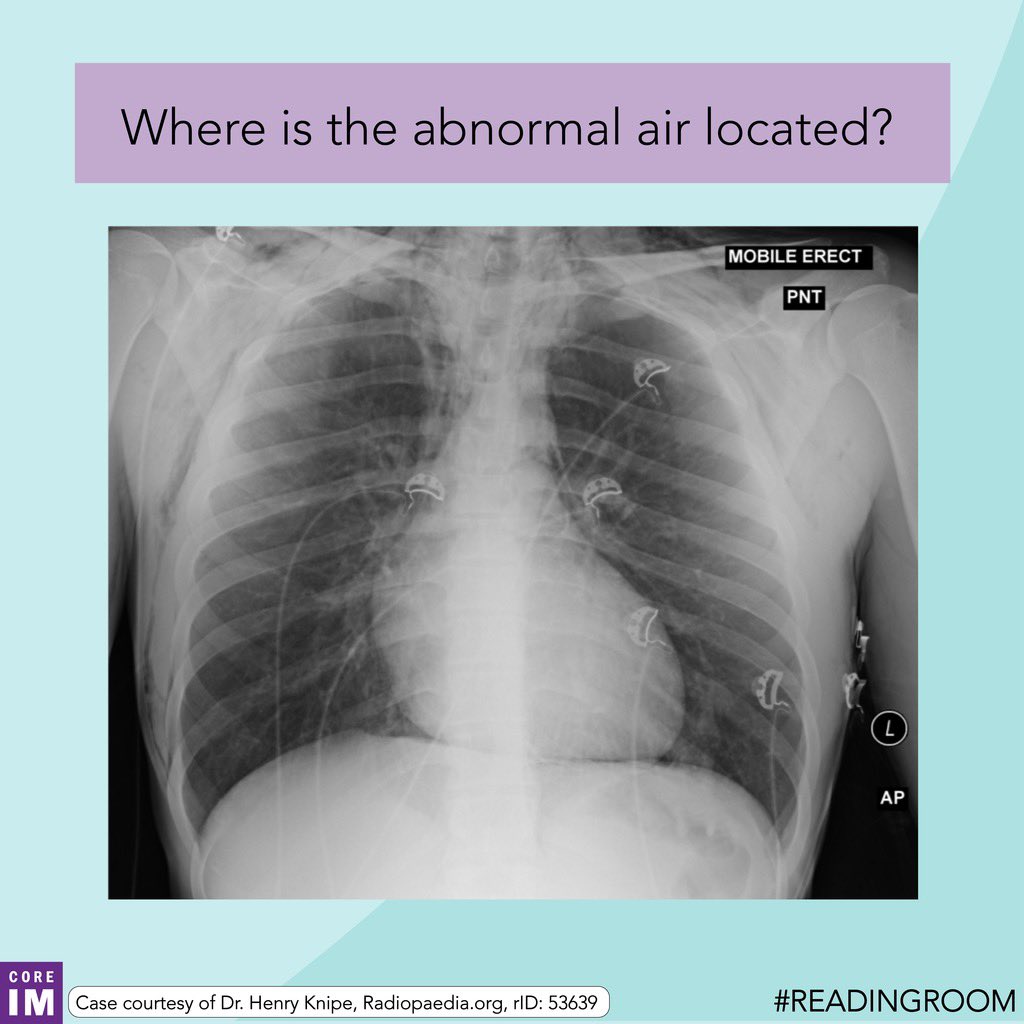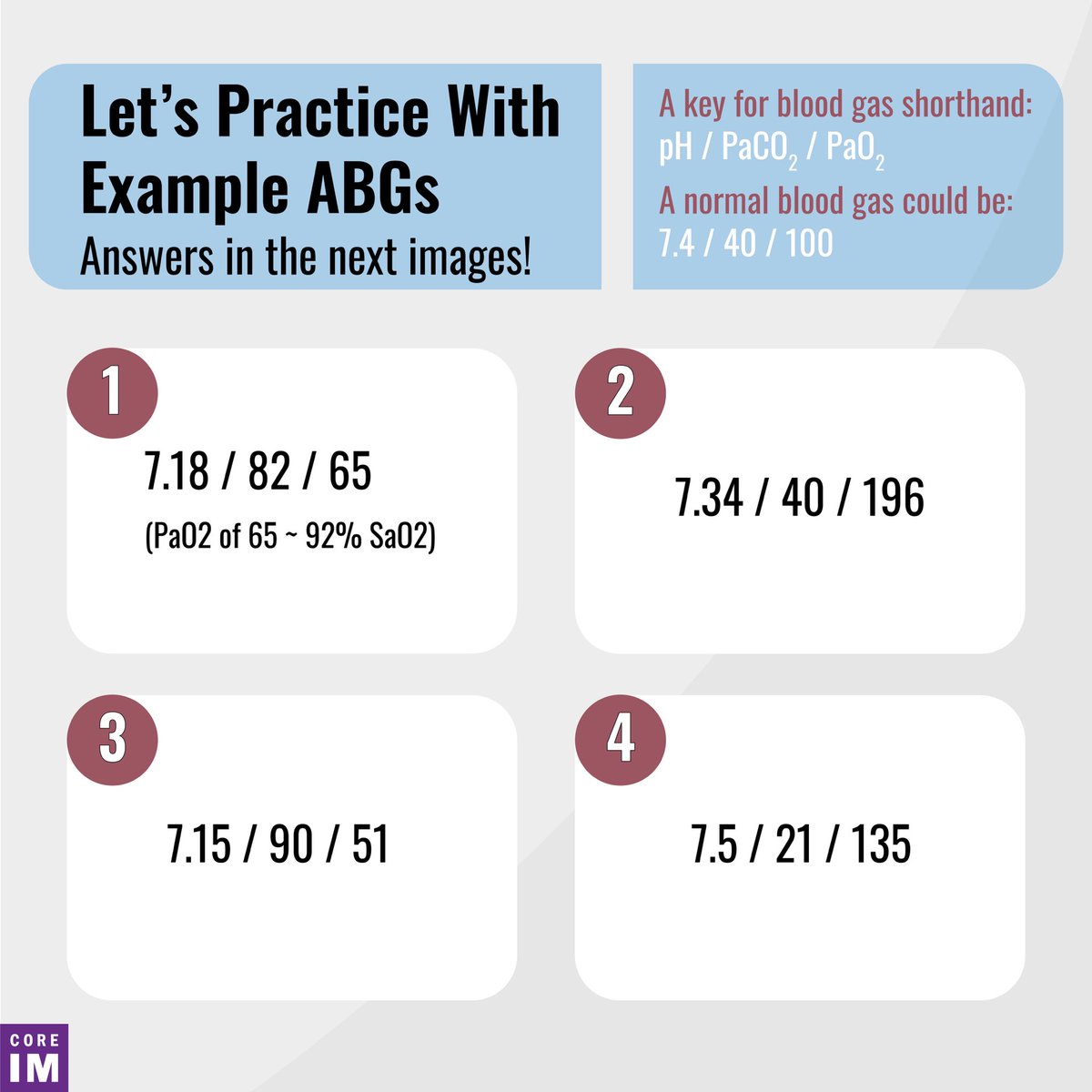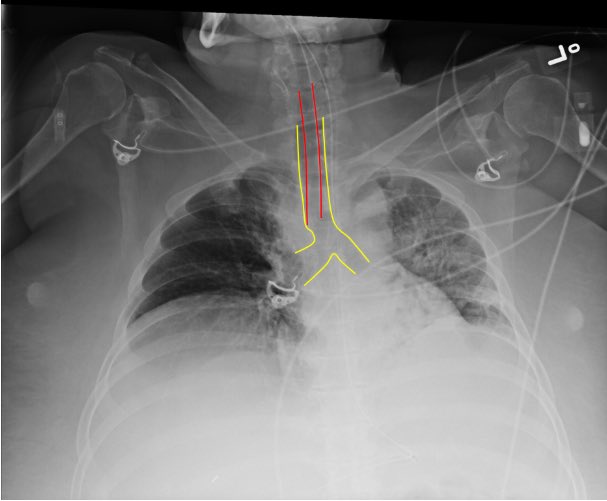
1/ Good morning, #medtwitter, and happy Thursday! We’re excited to bring you our latest edition of #ReadingRoom. Dim the lights, and get ready to clinically correlate!
You’ve got two abdominal plain films below. Which one is from a patient with a SBO?
You’ve got two abdominal plain films below. Which one is from a patient with a SBO?

2/ Let’s take a closer look, starting with the image on the right: here, there’s no abnormal dilation and the distribution of gas is normal. This is a normal abdominal film. 

3/ On the other hand, here we see an abnormally dilated small bowel with predominant small bowel gas while there is no rectal gas and scant colonic gas. This is concerning for a SBO. 

4/ Let’s take a look at one more abnormal abdominal film. First, we apply the 3-6-9 rule and see the colon is dilated & likely the small bowel is, too. Then we look at the distribution of gas: absent in the rectum, evenly distributed across large & small bowel. This is an ileus. 

5/ Finally, a little cheat sheet, courtesy of yours truly, to help guide you in interpretation of abdominal x-rays! 

6/ Big thanks as always to the folks who put this series together:
💡Content: @TomMulveyMD
💡Graphics: @SalimNNajjar
💡Content: @TomMulveyMD
💡Graphics: @SalimNNajjar
7/ To recap:
By using the 3-6-9 rule and approaching the distribution of bowel gas systematically, you, too can read an abdominal film to evaluate for ileus or SBO.
/fin
By using the 3-6-9 rule and approaching the distribution of bowel gas systematically, you, too can read an abdominal film to evaluate for ileus or SBO.
/fin
• • •
Missing some Tweet in this thread? You can try to
force a refresh


















